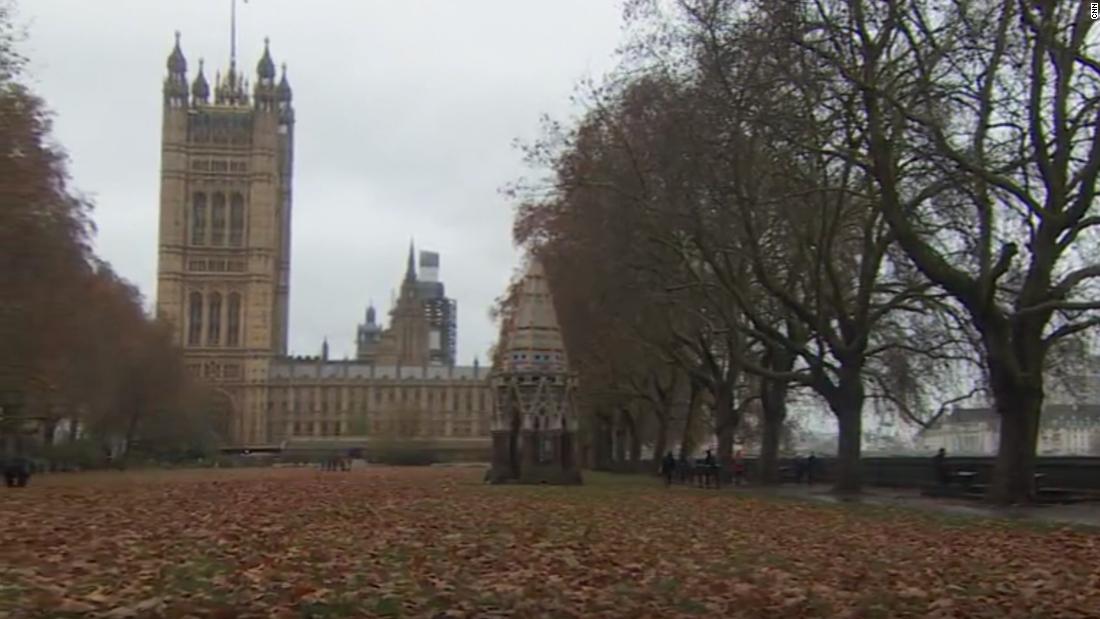FURIOUS villagers have succeeded in having a 6ft tall fence, that was blocking beauty spot views, torn down.
Residents hit out at their local council for building the large “out of place” steel structure.
WNSLocals said the fence stood out from the stunning landscape[/caption]
WNSIt was dubbed “the great wall of Clydach”[/caption]
The massive 200 meter long, 6ft tall, spiked steel fence was built by Monmouthshire County Council in Clydach, Wales.
Residents were given no notice that the fence was to be erected at a cost of £40,000.
Furious with the hideous construction locals campaigned to have the fence removed.
It blocked beauty spot views of the Brecon Beacons National Park leaving local residents infuriated and demanding it be taken down.
Furious locals could see the fence on the hillside from their back gardens and said it failed to blend in.
A heated council meeting in April saw residents fume at the local council with one branding it “disgusting.”
County council officials have now agreed to take down the fence, forking out an additional £20,000 for its removal.
Made of steel spikes, locals blasted the fence as “disgusting” and said it was “absolutely hideous.”
The council was slammed for not consulting with residents before building the “great wall of Clydach.”
It was put up along the Pwll Du Road which has been closed off for five years.
The council feared the road would collapse and put the fence up to block off the dodgy pathway.
They have since agreed to remove the steel fence and replace it with a shorter structure that will “blend in” with the surroundings.
Nearby resident Clive Thomas said: “We’ve got a lovely back garden, and it’s just an eyesore.
“When the sun is on it and everything, it just looks out of place.”
Simon Elliott said: “There was no consultation with anyone. The fence has been put up with no understanding at all of what the area is.
“All it needed was a low-level fencing to stop any cattle or people going over the edge into the quarry.”
Simon Howarth, independent councillor said he was pleased with the council’s decision.
He added: “we shouldn’t have got here” pointing out that the huge bills could have been avoided.
The councillor went on to say: “Overall we are where we should have started, but around £50,000 to £70,000 worse off.”
A council spokesperson said: “Following a positive meeting, the local community and the council agreed with the proposal to reduce the height of the back line of the palisade fencing, replacing it with stock proof fencing and painting the reveals and pillars with a suitable colour to blend in with the landscape.”
WNSThe council has since agreed to replace the structure with something that will blend in[/caption]
WNSResidents demanded the fence be torn down immediately[/caption]
What to Do If You Disagree with the Council’s Planning Decision
Disputes over planning applications can be stressful, but there are steps you can take to challenge or resolve the situation:
Understand the Reasons: Carefully review the council’s decision and the specific reasons for refusal or enforcement. This will help you identify areas to address.
Seek Professional Advice: Consult a planning consultant or solicitor with expertise in planning law. They can offer tailored advice and represent your case if necessary.
Submit an Appeal: If you believe the decision is unfair, you can appeal to the Planning Inspectorate. Be prepared to provide evidence and technical details to support your case.
Explore Compromise: Engage with the council to see if a compromise can be reached. Adjusting aspects of the development, such as materials or design, may lead to an acceptable solution.
Engage the Community: Support from neighbours and local residents can strengthen your position. A petition or letters of support may highlight the development’s benefits.
Act Promptly: There are strict time limits for appeals and responses to enforcement notices. Ensure you act within the specified deadlines to avoid further complications.
Remember, while it can be frustrating, maintaining a constructive dialogue with the council is often the best way to find a resolution.
Published: [#item_custom_pubDate]













































































































